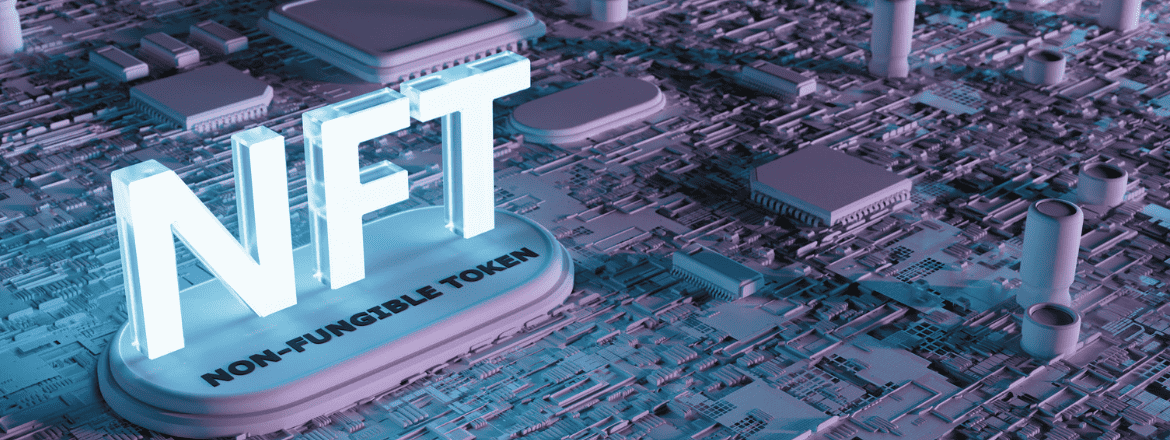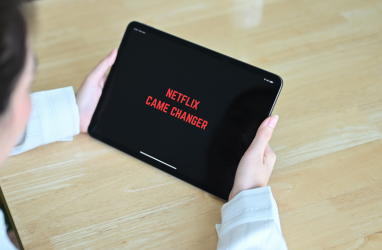NFTs and Copyright
The creative output, such as artwork, literature, and music, associated with an NFT can be eligible to be protected by copyright if it fulfills the established requirements, e.g., originality and creativity. It is possible for copyright to also cover the metadata and smart contract code of an NFT, although this aspect has not been extensively tested in legal cases.
From a copyright perspective, one of the key issues that cause confusion is whether the purchaser of an NFT automatically gains ownership of the copyright of the associated creative output. This question carries significant importance, especially given the substantial monetary value that NFTs can attain. The answer to this question depends on the specific provisions included in the smart contract governing the purchased NFT. In most commonly used smart contracts, the acquisition of an NFT does not inherently transfer the copyrights attached to its creative output.
Therefore, when a buyer purchases an NFT based on a copyrighted work, it is essential to ensure the transfer of copyright ownership by explicitly including a written assignment of the copyright within the smart contract or documenting it separately through a deed of assignment outside the smart contract. By doing so, the buyer can establish a legitimate claim to the copyright and avoid potential copyright infringement issues.
For more details, read our in-depth article on NFTs and Copyrights.
NFTs and Trademarks
The rising popularity and significance of the metaverse and NFTs have spurred a notable surge in businesses seeking trademarks associated with NFTs. In 2022, the U.S. Patent and Trademark Office (USPTO) received 5,800 trademark applications specifically related to NFTs and their accompanying technology. This figure more than doubled the previous year's count of 2,087 applications in 2021. Trademark classes 9, 35, and 41 emerged as the most utilized classes for these trademark filings.
An NFT can be shaped as everything from symbols and pictures to signs and drawings and can look like figures, pieces of clothing, works of art, etc. The distinctive shape of NFTs can be protected as a trademark. In this context, and recognizing the need for proper classification for NFTs, virtual goods, and services within the metaverse, regulatory bodies such as the European Union Intellectual Property Office (EUIPO), the USPTO, and the UK Intellectual Property Office (UKIPO) have issued comprehensive guidelines. These guidelines provide practical insights and guidance for classification, ensuring clarity and effective protection of trademarks in this dynamic virtual landscape.
Furthermore, on January 1, 2023, the 12th edition of the new version of the Nice Classification came into force, ushering in updated categories for the registration of trademarks in relation to NFTs. This revised edition is being embraced and implemented by various national trademark offices, including the EUIPO and IP Australia. Notably, Class 9 now encompasses a new item entitled "downloadable digital files authenticated by non-fungible tokens." The incorporation of this edition reflects the evolving landscape and the mounting prevalence of trademarks related to NFTs and the metaverse.
On the other hand, metaverse users must be mindful not to incorporate third-party trademarks into NFTs without proper consent, as this could expose them to the danger of trademark infringement. Two landmark cases, capturing global attention, have emerged to provide clarity on how trademark law applies to NFTs.
In the first case, Mason Rothschild's 'Metabirkins' NFTs incorporated the Hermès registered trademark and replicated the distinctive design of their renowned handbags without obtaining proper consent. Consequently, a New York court held Rothschild accountable for trademark infringement. Similarly, in the Court of Rome, Juventus FC successfully obtained a trademark infringement ruling against NFT producer Blockeras. The Blockeras NFTs prominently featured the word marks 'Juventus' and 'Juve,' along with the design of the club's iconic black and white jersey. The Rome Court of First Instance determined that the minting, advertising, and sale of these NFTs without authorization violated Juventus' trademark rights.
Conclusion
In conclusion, the metaverse's emergence as the next frontier of the internet has propelled it into the spotlight, thanks to the integration of technologies like blockchain and NFTs. As businesses explore the vast opportunities within the metaverse, it becomes imperative to consider intellectual property (IP) strategies to navigate the associated challenges. By embracing the immersive and interactive nature of the metaverse, companies can create unique brand experiences and engage customers in unprecedented ways. However, protecting IP assets in this virtual realm and avoiding IP infringement is crucial, and businesses must prioritize proper compliance with IP laws.
As the metaverse continues to evolve, businesses that adapt and integrate robust IP strategies will be well-positioned to thrive in this exciting new frontier, harnessing its limitless potential while safeguarding their own IP rights and respecting the rights of others. By understanding the intricacies of the metaverse, staying updated on IP regulations, and actively protecting their IP assets, businesses can establish a strong foundation for success in this rapidly expanding virtual realm.
Frequently Asked Questions
What is the Metaverse?
The Metaverse is an immersive virtual world where users interact through personalized avatars, offering opportunities for businesses in augmented and virtual reality. It's projected to generate $5 trillion in value by 2030.
What is the significance of NFTs in the Metaverse?
NFTs (Non-Fungible Tokens) play a crucial role in the Metaverse by providing a secure and transparent mechanism for users to establish ownership and verify the authenticity of digital assets.
What is the current market size of the global NFT market?
The global NFT market size is estimated to grow from USD 3.0 billion in 2022 to USD 13.6 billion by 2027, indicating a CAGR of 35.0% from 2022 to 2027.
How does blockchain technology contribute to NFTs' significance?
Blockchain technology ensures the uniqueness and authenticity of NFTs by providing a permanent and unalterable record of ownership, addressing concerns related to counterfeiting.
What intellectual property considerations arise in the Metaverse?
Intellectual property (IP) considerations in the Metaverse include questions about the protection of IP assets, authority over these assets, and potential infringement when utilizing third-party IP without proper authorization.
How do copyright and trademarks interplay with NFTs?
Copyright can protect the creative output associated with an NFT, while trademarks are relevant for the distinctive shape of NFTs. The purchaser of an NFT does not automatically gain ownership of the copyright, depending on the smart contract provisions.
What is the significance of trademarks in the Metaverse?
Trademarks play a crucial role in the Metaverse, with businesses seeking trademarks associated with NFTs. Guidelines have been issued for effective classification and protection of trademarks in this dynamic virtual landscape.
What recent changes have occurred in trademark classification related to NFTs?
The 12th edition of the Nice Classification, implemented in 2023, includes a new item in Class 9: "downloadable digital files authenticated by non-fungible tokens," reflecting the evolving landscape of trademarks in the Metaverse.
Can incorporating third-party trademarks into NFTs lead to legal consequences?
Yes, incorporating third-party trademarks into NFTs without proper consent can lead to legal consequences, as seen in cases where NFT producers faced trademark infringement rulings for unauthorized use of registered trademarks.
How can businesses protect their intellectual property in the Metaverse?
Businesses can protect their intellectual property in the Metaverse by adapting robust IP strategies, staying updated on IP regulations, and ensuring proper compliance with IP laws to establish a strong foundation for success.





